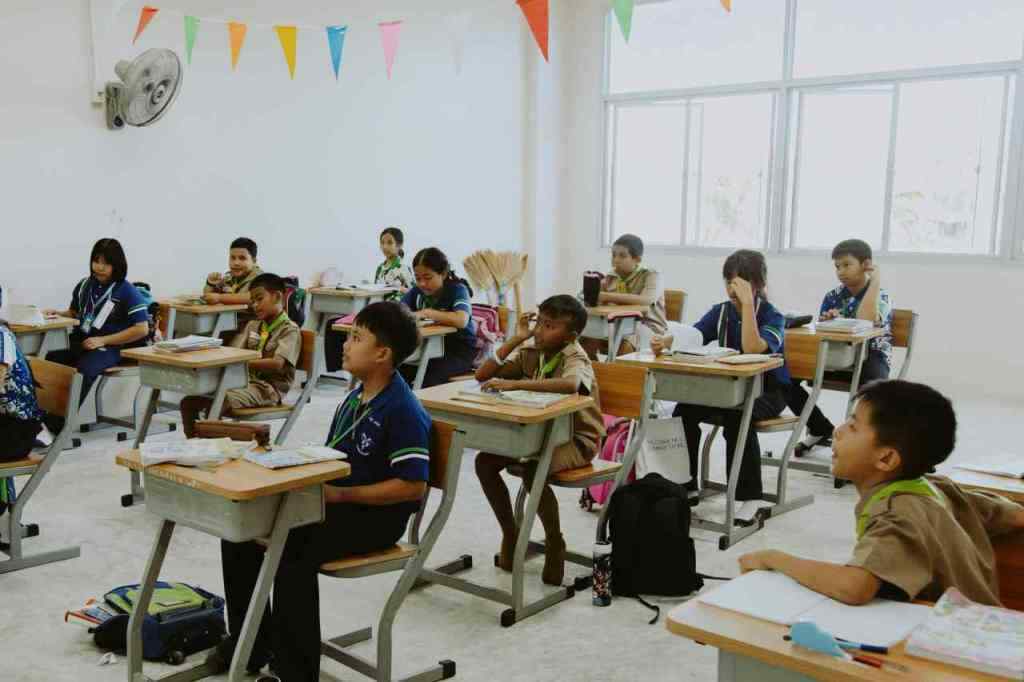Plagiarism Dispute Leads to Retraction of Computational Linguistics Paper
The world of academia, often perceived as a pristine sanctuary of knowledge and integrity, occasionally finds itself grappling with the messy realities of plagiarism. In a recent incident that sent ripples through the computational linguistics community, a paper presented at a prestigious conference was retracted due to allegations of plagiarism. This wasn’t your typical case of copied text; it involved the unauthorized use of code and ideas, raising questions about intellectual property in the age of open-source software.
The Unraveling: A Chance Discovery
Imagine this: You’re a researcher, diligently poring over feedback on your latest paper submission, hoping for that coveted acceptance to a top-tier conference. Suddenly, you stumble upon something fishy. You’re hit with a sense of déjà vu, except it’s not your own work staring back at you. This is precisely what happened to Devrim Çavuşoğlu, a researcher at OBSS, a Turkish software company. In May , while reviewing feedback on his own conference paper submission, he noticed striking similarities between his work and a paper published as part of the “NLG-Metricverse” project.
As Çavuşoğlu delved deeper, his suspicions were confirmed. The “NLG-Metricverse” authors, affiliated with the University of Bologna, had seemingly incorporated code and ideas from his team’s “jury” project without proper attribution. “Jury,” a publicly available project, was released under a license that mandated acknowledgement and credit for its use. This blatant disregard for the terms of use set the stage for what would become a protracted battle for recognition and retraction.
The Uphill Climb: Seeking Justice and Transparency
Armed with undeniable evidence, Çavuşoğlu took the ethical route. He contacted the conference committee that had accepted his own paper, bringing the plagiarism to their attention. He expected swift action, a clear acknowledgement of the transgression, and a public retraction of the plagiarized paper. However, the path to justice proved to be anything but straightforward. Despite Çavuşoğlu’s efforts, the wheels of academia turned at a frustratingly slow pace. Months turned into a seemingly endless waiting game, with little to no communication from the conference organizers.
Finally, in May , a full eight months after Çavuşoğlu initially flagged the plagiarism, the “NLG-Metricverse” paper was officially retracted. The retraction notice, however, was frustratingly vague. It merely cited a “publication chair request” as the reason for the withdrawal, without providing any specific details about the plagiarism. This lack of transparency left Çavuşoğlu and others in the computational linguistics community questioning the commitment to addressing plagiarism head-on.
A Glimmer of Hope: Acknowledgment and Action
Determined to ensure accountability and transparency, Çavuşoğlu refused to let the matter slide. In August , he reached out directly to both the COLING committee, responsible for the conference where the plagiarized paper was presented, and the Association for Computational Linguistics (ACL), the parent organization. His message was clear and comprehensive, outlining the plagiarism allegations with specific examples and demanding a proper investigation.
This time, his persistence seemed to have some effect. Two months later, Çavuşoğlu received a response acknowledging receipt of his complaint and confirming that an investigation was underway. While this was far from the decisive action he had hoped for, it offered a glimmer of hope that the issue was finally being taken seriously.
Open Source, Closed Credits? Navigating the Gray Areas
At the heart of this plagiarism dispute lies a complex issue that extends beyond simple text copying. Çavuşoğlu’s “jury” project, like many software projects today, was made available as open-source software. This means that the code was freely available for others to use, modify, and even incorporate into their own projects. However, this freedom comes with responsibilities.
The open-source license under which “jury” was released stipulated that any use of the code must be accompanied by proper attribution. In essence, while the code itself was free to use, the intellectual property rights and the effort invested in its creation still belonged to the original authors. The “NLG-Metricverse” authors, by failing to acknowledge their use of the “jury” code, crossed a line. They benefited from the hard work of Çavuşoğlu and his team without giving them due credit.
This case highlights a crucial aspect of academic integrity in the digital age: proper attribution is paramount, even when dealing with open-source materials. The spirit of open source lies in collaboration and shared progress, not in taking undue credit for the work of others. The lack of clear acknowledgement in the “NLG-Metricverse” paper cast a shadow on the entire project, undermining the principles of transparency and ethical conduct that are fundamental to scientific research.
The Aftermath: Lessons Learned and the Road Ahead
The retraction of the “NLG-Metricverse” paper, while a victory for Çavuşoğlu and a testament to his perseverance, has left the computational linguistics community grappling with important questions. The incident has exposed the limitations of current plagiarism detection mechanisms, particularly when it comes to software code. It has also highlighted the need for clearer guidelines and robust procedures for addressing plagiarism allegations in a timely and transparent manner.
In the wake of this controversy, there have been calls for greater awareness about open-source licenses and the importance of proper attribution. Some experts suggest that academic conferences and journals should adopt more stringent code-checking protocols, similar to the plagiarism detection software used for text-based submissions. Others emphasize the need for a cultural shift within academia, fostering an environment where ethical conduct and respect for intellectual property are paramount.
The “jury” plagiarism case serves as a stark reminder that the pursuit of knowledge and innovation must go hand in hand with a steadfast commitment to integrity. As the lines between collaboration and appropriation blur in the digital age, it becomes increasingly vital to uphold the principles of transparency, acknowledge the contributions of others, and ensure that credit is given where credit is due. Only then can we foster a truly collaborative and ethical environment for academic progress.
